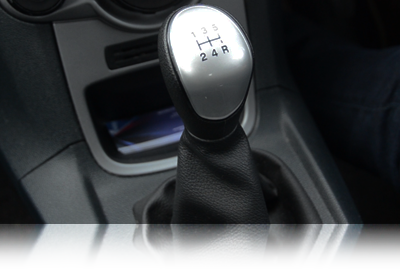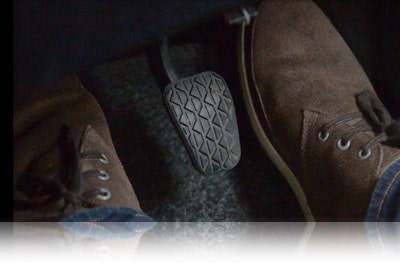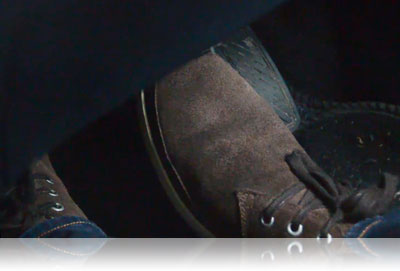Video on hill starts
Subscribe for more tips on our YouTube channel
The objective is to move off without rolling backwards at all. We'll guide you through the process of doing a hill start in a manual car, step by step, so that you can feel confident and in control when facing steep inclines on the road. Let's get started!
The key points to getting uphill starts right.
Getting confident with moving off uphill and downhill is very important. It's a subject that can strike fear in some drivers, but as long as you know where your biting point is with the clutch then you're half way to performing perfect hill starts.
Have a look here for tips on how to deal with a junction on a hill. Or how to do hill starts without using the handbrake.

First gear.
First gear provides the most pulling power, so you'll need this for moving off uphill.

Setting the gas.
You’ll need to give it a bit more gas than usual, setting the revs slightly higher to help the car move uphill. This extra power will reduce the risk of stalling. Once you’ve set the gas, keep your right foot steady.
Biting point.
Raise the clutch slowly to the biting point. As you do this, you’ll notice the back of the car lowering slightly when you reach the biting point, and the engine sound will change. Once you feel these cues, keep your left foot steady as well. At this stage, the car is ready to move forward without rolling back.
Mirrors, signal, manoeuvre.
Don’t forget to follow the MSM routine (mirrors, signal, manoeuvre).
After releasing the handbrake, maintain your hold on the clutch and gas for at least 2 to 3 seconds as you move away. Releasing the clutch too quickly could cause the car to stall. If the engine begins to struggle, apply more gas. Once the initial 2 to 3 seconds have passed, you can gradually raise the clutch fully.
The key points to getting downhill starts right.

Downhill starts are much easier than uphill starts, as there’s no need to find the biting point or set the gas.
Second gear?
On a very steep hill, you can move off in second gear, as the slope will help you gain speed quickly. If the hill isn’t steep, it’s best to move off in first gear as usual.
foot brake ready.
As gravity will help you move off, no gas is needed. Instead, keep your right foot ready over the foot brake in case the car moves off too quickly.
Clutch down.
This time, you won’t need the biting point, as the hill will naturally move the car for you. Keep the clutch fully pressed down. Using the biting point on a downhill start can cause the car to move off too quickly and become difficult to control.
Mirrors, signal, manoeuvre.
Again, don’t forget to follow the MSM routine (mirrors, signal, and then manoeuvre).Once you release the handbrake and the car begins to move, gently raise the clutch all the way. Apply the footbrake if needed.
